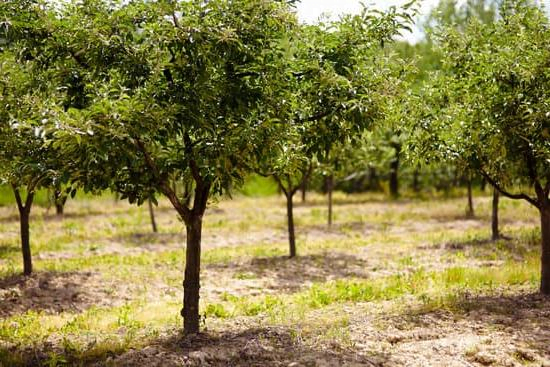What’s better than reading through a bunch of gardening tips and being able to implement them? Well, if nothing else, at least you can look at the finished garden and be reassured that all your hard work was well worth it. Gardening is an enjoyable and rewarding hobby but also requires patience and dedication. In this article, we’ve gathered together a collection of top gardening tips and techniques to get you started in the right direction.

Gardening Tips and Techniques – The right garden planning can make all the difference between a beautiful garden and one that is both hard work and unappealing. Garden Ideas and Zoning by zone 7 are color-coding of gardening information for easy reference, and every tip is described along with easy-to-read step-by-steps instructions. Keep it in your car’s glove compartment for instant inspiration! Another useful site with information on planting zones is All Gardening. Here you can find not only general planting ideas but also specific plant information for tropical, desert, deciduous and wetland plants, as well as other plant types. With a little patience, you will create the garden of your dreams.
Gardening Tips – For planting a vegetable garden, most gardeners are concerned with selecting plants that are suitable for their area and growing season. In addition, some vegetable garden tips focus on the proper times of year to plant certain vegetables or flowers. You might want to plant tomatoes in the late summer, for example, but forget to prune them in the fall. Other suggestions include planting peppers in the spring, but remember that they will be dormant in the winter, unless you have frozen them. If you live in an area where snows don’t last long, think about starting your planting in the fall; just remember to store tomatoes and peppers well until you are ready to get them into your kitchen.
Some gardeners live in areas with a warm climate from November through March, which means that their planting schedule should start in the early fall. However, there are vegetable gardeners who live in areas with cold climates from April to October, so their planting schedule should begin in the spring. This decision depends upon your personal preference for growing seasons and how quickly you want the vegetables to mature. If you live in a warm climate, you should plant vegetables that tend to mature quickly such as beans, spinach, zucchini, cucumbers and squash. In areas with colder climates, consider planting vegetables that mature slowly such as red peppers, turnips, carrots, and green beans. If you have the time, you might even choose to plant annuals such as lettuce in the fall and winter and perennials such as marigolds in the spring.
Vegetable gardening can be a rewarding experience for both the person doing the planting and the people who actually see the finished garden. However, vegetable gardening is not an easy task. Vegetables need ample amount of sunlight and water so that they can grow properly. One of the best vegetable gardening tips is to research which vegetables will best grow in your area.
Before you get started with your planting schedule, it’s important to know the basics of vegetable gardening. One thing you should do is determine what zone your garden is in. Based on the United States Department of Agriculture (USDA), there are seven zones of planting in a garden. The planting zone of a garden is simply the place where plants are placed according to their size and type. You can find this information by going to USDA’s Planting Guide.
Once you know what zone your garden is in, you’ll be able to plan out your planting schedule. Vegetable gardens should be planted at least three to four weeks apart. This spacing gives the plants enough time to develop their growing season. Fertilizer applications should also be scheduled around your planting schedule. Fertilizer must be applied in the spring just before the first frost in your area.
When you are planting your garden, you should follow a simple routine. Keep in mind that vegetables need certain amounts of sunlight each day and nutrients from fertilizers to help them grow. Some types of vegetables will need more sunlight than others. For example, planting spinach close to your vegetable garden plot will ensure that they get a lot of sunlight. And if you want your vegetables to thrive, you should water them a lot less than you might think.

Welcome to my blog about home and family. This blog is a place where I will share my thoughts, ideas, and experiences related to these important topics. I am a stay-at-home mom with two young children. I hope you enjoy reading it! and may find some helpful tips and ideas that will make your home and family life even better!





